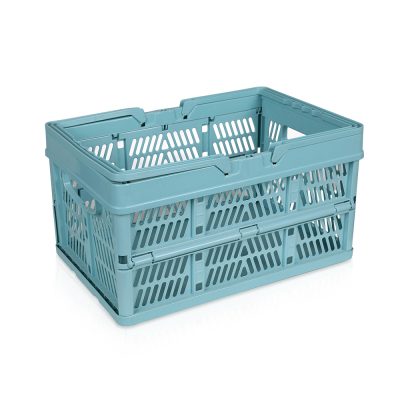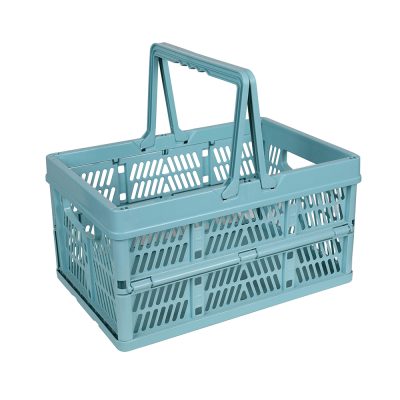First of all, it should be divided into seasons. The clothes that are not in season should be stored and placed in places that are not easy for people to get to, such as the top and bottom parts of the wardrobe.
It can be collected by category, and each category can be roughly divided into at most 3 categories. For example: all socks (left long socks, right short socks), all skirts (dresses belong to pie, skirts sit in rows, in fact, dresses can be hung up), all trousers (long pants, shorts), etc.
Display: The clothes of the season are given priority to hanging. The order of hanging and placement, and the order of placement, must have your own preference order. When placing, according to the order of color from light to dark. The solid color and the color clothes are placed at intervals to show the distinction.
Clothes that must be folded and placed should be carefully folded, that is, the characteristics and typical characteristics of a certain piece of clothing should be turned out and folded to the top, such as a certain iconic pattern of the clothing, iconic buttons, etc. .
Make a basic mark on the outside of the box. The biggest trick: is to make a spreadsheet to classify and mark. For example: make an excel sheet.
The most important one: After deciding on the fixed position of the clothes, you must develop the habit of putting them back in place when using them. Just as machines need maintenance and people who maintain good personal hygiene need to wash their faces, rinse their teeth and take a bath every day, wardrobes also need to be cleaned regularly.
Note again: First clarify the essence of sorting out: breaking, abandoning, and leaving. Throw away what you don’t need, and keep what you need. According to the frequency of use, it is roughly divided into: often, general, and less. The clothing category needs to add a classification principle: season.

























